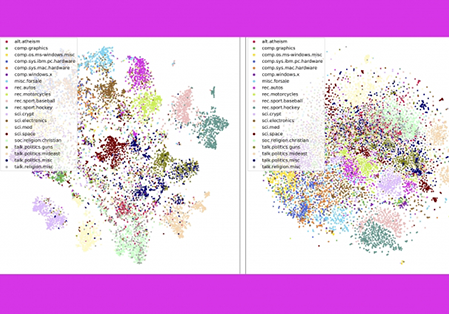Category
AI & Machine Learning
Language
Python
This is a pytorch based implementation for our paper on learning to control self-assembling agents using deep reinforcement learning.
MIT License
Last Updated
Category
AI & Machine Learning
Language
Python
Matlab and Python toolbox for fast Total Variation proximity operators.
GNU GPL License
Last Updated








